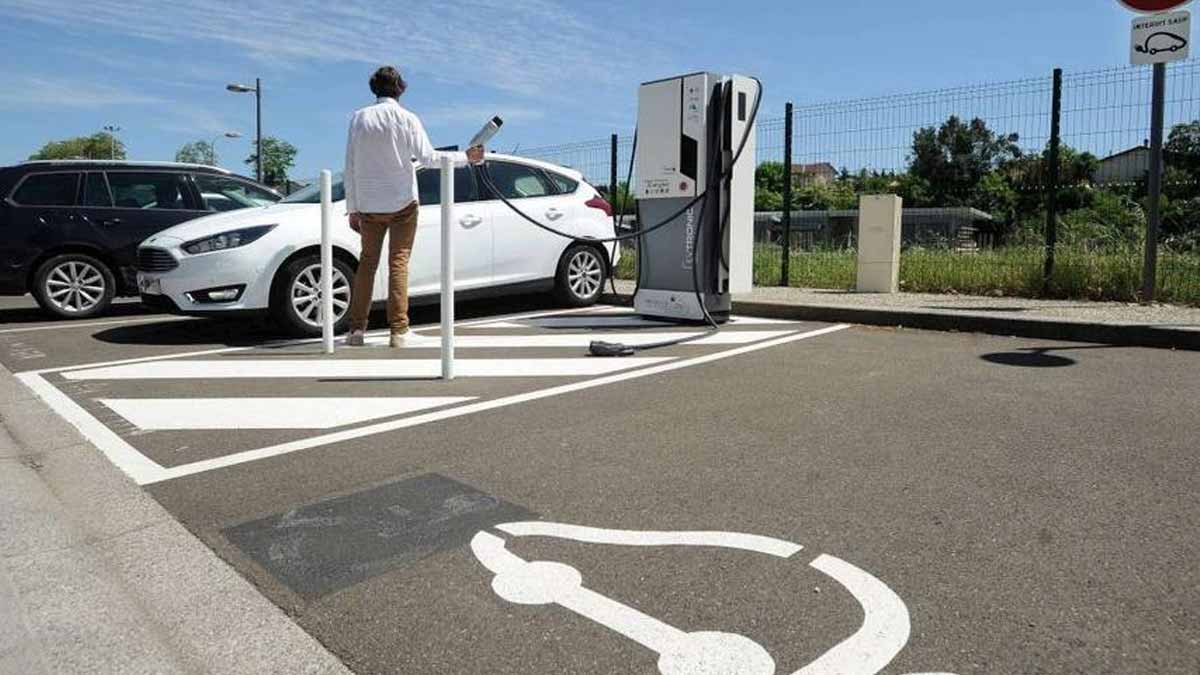Ownership habits are shifting fast, and the gap says a lot about trust, cost, and tech. Drivers stretch gasoline models to around twelve years, while electric cars invite earlier swaps near the three-year mark. Behind these rhythms, expectations evolve as features move quickly and budgets set the pace. Households balance range needs with daily comfort, and that balance shapes when keys change hands. The signals are clear; patterns point to choices many feel each time they plan the next ride.
What the study measured and why it matters
S&P Global tracked how long owners keep vehicles and found U.S. drivers now hold on to cars longer than ever. Average age sits near 12.5 years across the fleet and climbs to 13.6 years for personal cars. A maturing fleet shifts repair needs, parts markets, and resale values.
The U.S. road network counts more than 284 million vehicles, so a small movement in average age shapes demand for service, tires, and financing. The study notes a sixth straight annual increase, which signals a persistent trend rather than a blip. The pattern last peaked after the 2008–2009 crisis and returns as sales soften.
Tighter supply met cooling demand in 2022, then inflation and rates pulled shoppers back. New-vehicle sales slipped 8% versus 2021, to 13.9 million from 14.6 million. As vehicles stay scarce or pricey, owners delay replacement. That delay includes gas cars and electric cars, yet the two follow different clocks.
Why many households still rely on electric cars alongside gas models
Families often keep one combustion car because it feels dependable for long distances. Range confidence still matters, even as charging networks expand. For many, a gas vehicle sits ready for road trips, winter routes, or towing. That “backup” logic helps extend combustion ownership cycles.
Price inflation touches all segments, but it nudges different choices. When monthly payments rise, some households postpone a trade-in and service what they already own. Others with stronger budgets upgrade sooner and treat a vehicle like a fast-moving gadget, which shortens the cycle for the highest-tech nameplates.
Model years now bring more than paint and trim. Software features roll in quickly, while hardware improves batteries, motors, and driver aids. That pace rewards short cycles for tech-focused buyers and feeds a habit of upgrading early. The result widens the gap between long-held gas cars and fast-rotating EV nameplates.
What drives fast turnover in the EV segment
S&P Global estimates the EV replacement cycle around 3.6 years. Early adopters often have higher purchasing power and treat vehicles as evolving platforms. They switch models as performance, charging speed, and range improve. The market gives them reasons to move on, and depreciation patterns reinforce that behavior.
Brands such as Tesla and BYD refresh lineups rapidly, so buyers see clear leaps. A new pack chemistry reduces weight, then a motor update trims losses, then software unlocks features. That cadence keeps attention high. Owners who entered the segment early report a strong likelihood to stay electric, which stabilizes demand.
Resale markets for battery-powered models are still finding equilibrium. As incentives, rates, and supply shift, used prices adjust quickly. Some owners accept that volatility and upgrade anyway, because savings in fuel and maintenance help offset payments. Those trade-offs keep the upgrade window short for many electric cars enthusiasts.
Market forces stretching ownership spells beyond electric cars headlines
The study links rising average age to the sales slump. When only 13.9 million new vehicles sell in a year, the fleet must age. That trend echoes the post-crisis years, when budgets tightened and replacements slowed. Today’s twist adds chip bottlenecks, logistics strains, and uneven inventories by region.
Interest rates shape timing as well. A higher APR turns a would-be purchase into a wait-and-see choice, so owners squeeze more years from reliable platforms. Combustion powertrains benefit because repair networks and parts are abundant. With familiar maintenance costs, drivers justify one more year, then another.
Gas cars also carry reputations for long-distance consistency, which weighs on perceptions. Charging access improves, yet habits shift slowly. Many buyers plan a mix: keep the ICE car for trips, add an EV for daily duty. That plan delays the ICE replacement, while the EV may rotate faster at first.
Technology, warranties, and the second-hand puzzle
Battery warranties reduce anxiety, yet owners still watch degradation curves, charging speed, and cold-weather behavior. As chemistry improves, new models promise better life per cycle. Those promises tempt upgrades even when the current car performs well, because peace of mind has value in harsh climates and demanding commutes.
Software support plays a role. Over-the-air updates extend useful life, yet they also highlight what you lack. When a refreshed model gets quicker charging or improved assist features, owners compare daily convenience against payments. Many choose the upgrade path, then pass vehicles into a growing used-EV channel.
That used channel expands each quarter, smoothing resale and broadening access. As pricing stabilizes, more households will buy second-hand EVs and keep them longer. The cycle then lengthens. Until that balance settles, expect faster turnover at the top end, where buyers trade electric cars on a rapid tech clock.
What this means for buyers planning a sensible upgrade path today
Plan with your real usage, not averages. If long trips define your year, budget for one versatile vehicle and one efficient commuter. If daily charging fits your routine, lean into lower running costs and time upgrades around major tech jumps. Regardless of segment, track rates, incentives, and total ownership costs to time the move on electric cars wisely.
